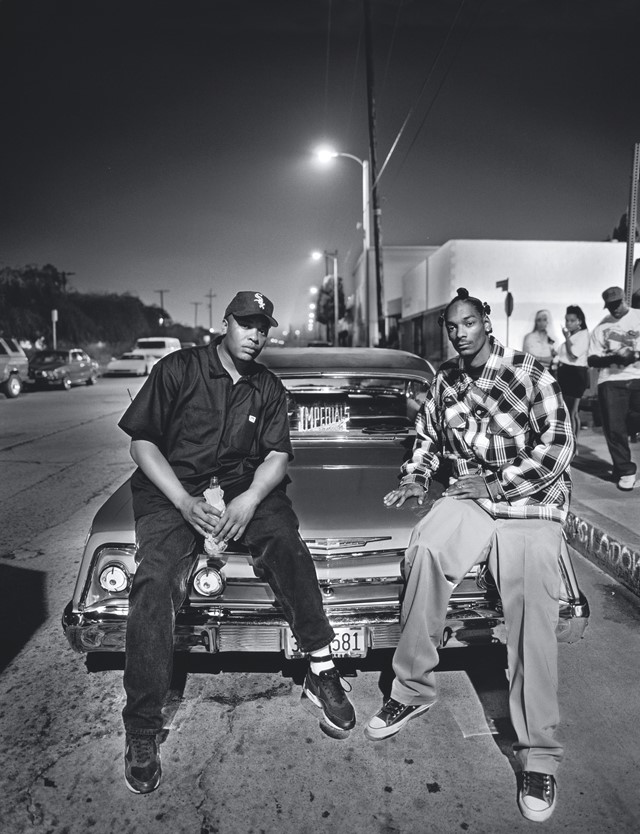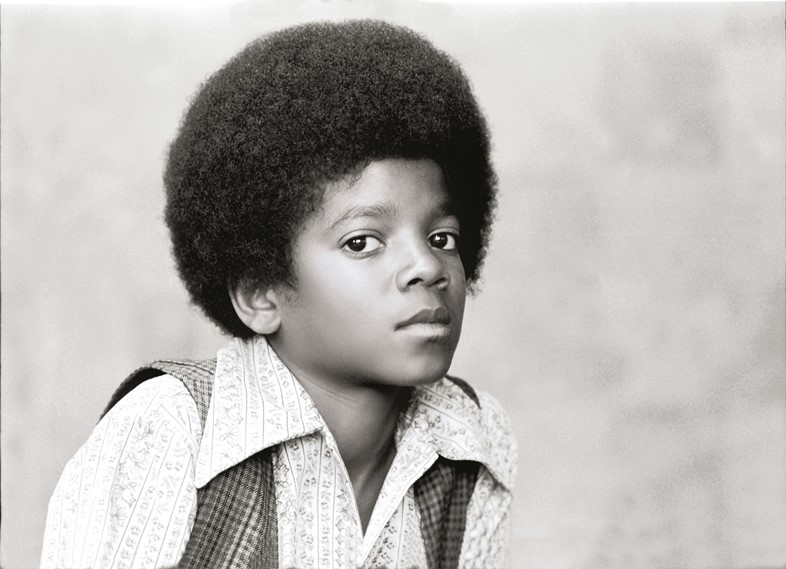As the iconic music magazine turns 50 years old, an enormous new book chronicles the wild history, fearless editorial and fantastic photography behind it
Which came first? Rolling Stone magazine, the Rolling Stones, or Bob Dylan’s Like a Rolling Stone? The answer lies in 50 Years of Rolling Stone, a paving slab-sized new publication detailing the extraordinary and genuinely world-changing bi-weekly magazine, which was founded in 1967.
The book’s introduction, written by Rolling Stone founder Jann Wenner, provides a fascinating insight into how the magazine came to be. “The idea for starting Rolling Stone came when I was 21 years old and I couldn’t find a full time job,” Wenner writes. In his bid to find something to do with his life, he sought advice from local music critic Ralph J. Gleason, who suggested that the world needed a “rock and roll newspaper”. And so Wenner set out to remedy that.

Wenner decided to name his magazine Rolling Stone in a nod to an essay Gleason had written about the Rolling Stones, Bob Dylan, and the cultural impact of the 1960s. It was a title that summed up the key elements of the changing times. “I thought rock and roll needed a voice,” Wenner writes. “A journalistic voice, a critical voice, an insider’s voice, an evangelical voice – to represent how serious and important music and musical culture had become.”
Armed with a gang of his mates, a meagre $7,500 that they had scraped together, and a strong logo designed by famed poster artist Rick Griffin, the team – which based itself in a corner of the warehouse in which they would print the magazine – began to create what would become one of the most iconic magazines of all time.

In fairness, back then any of the other young, music-loving people in San Francisco could quite easily have started up a rock and roll newspaper; free press was rife, printing costs were cheap, and there was definitely no shortage of people who wanted to photograph or write about music and culture. What Wenner did, however, was to make sure he recruited the right staff; the editorial they created consisted not of short, snappy pop music news, but long-form articles written by passionate, intelligent writers, who had sometimes spent days, or months, interviewing and shadowing their interviewees in order to get the most in-depth profile possible.
And yes, you could argue that creating scintillating editorial content back then was like shooting fish in a barrel, when the artists on offer to be profiled were wildly eccentric cultural pioneers like Frank Zappa, Grace Slick, John Lennon, Bob Dylan, Jimi Hendrix or Janis Joplin. But Wenner’s vision was for the magazine to show these people in the electrifying, politically charged, in-depth way that they deserved. He believed the world was changing and shifting, and that these cultural icons were playing a huge part in that, and should be recognised for doing so.

What he saw in those he featured in the magazine (the cover stars in the magazine’s past 50 years have included Bart Simpson, the Pope and Barack Obama, among others), he also saw in his contributors. Wenner and the editorial team worked hard to find the best writers and photographers in the world to shoot for the publication. Annie Leibovitz was there from the get-go; before shooting some of the most iconic magazine covers of all time she honed her skills working on regular, everyday assignments, such as following the Stones on tour, or shooting at the White House the day Nixon resigned. She was only 21 when her photograph of John Lennon was printed on the cover of the magazine; years later, she was also behind the image of Lennon’s naked body curled around a fully clothed Yoko, taken hours before he was killed. Elsewhere in the office, over the years, were pioneers of critical music writing: Lester Bangs, Hunter S. Thompson, a young Cameron Crowe… Imagine the office Christmas party.

Whether you’re into music magazines or not, Rolling Stone is a good benchmark for anyone setting out to do pretty much anything. It is an ink and paper tribute to passion, hard work, respect for your collaborators and a wild abandon when it comes to getting what you need from people. There’s a good story in the book about the time a Rolling Stone reporter was interviewing Taylor Swift in a car which she crashed twice in one journey – hilarious, but, in retrospect it’s one of thousands upon thousands of anecdotes from the magazine’s 50 years of fearless editorial.
The world is full to bursting with fascinating people, stories, politics, meaning, passion – it just takes someone with a vision like Wenner to pull it all together and put it all out there for 50 years, without stopping to draw breath. Rolling Stone magazine is testament to the fact that it’s not who you feature in your magazine, but rather what you do with them, and who you send to bottle it and to preserve it forever.

50 Years of Rolling Stone: The Music, Politics and People that Changed Our Culture by Rolling Stone and Jann S. Wenner is out now, published by Abrams.
